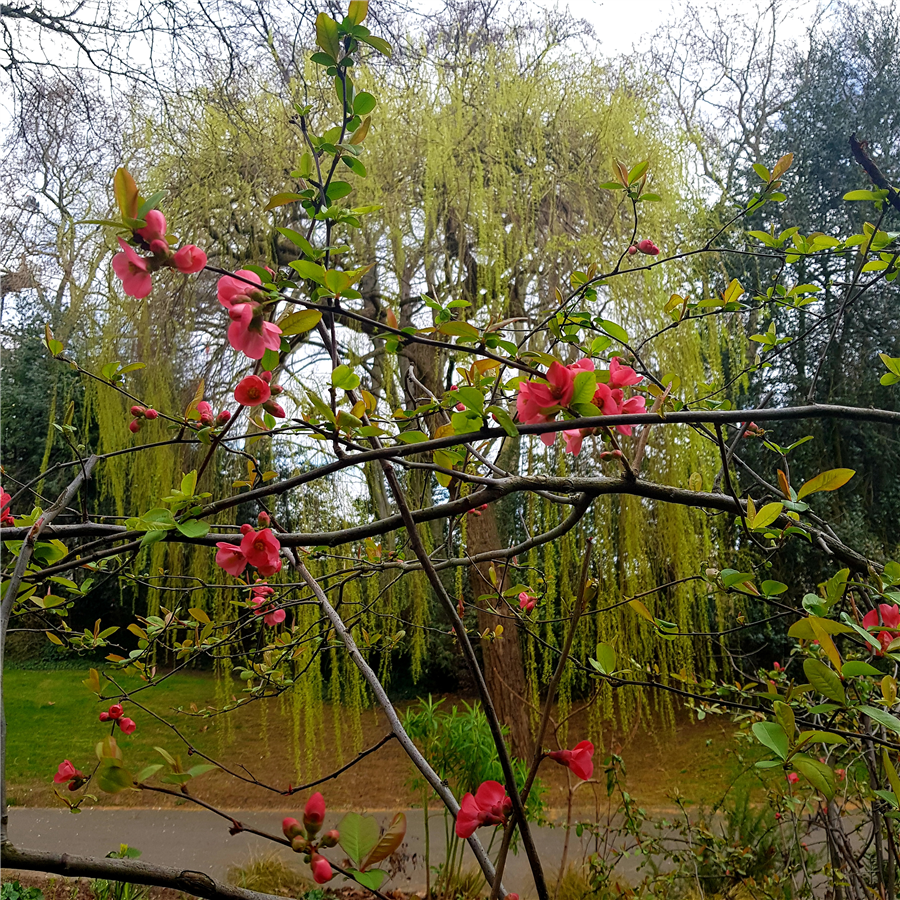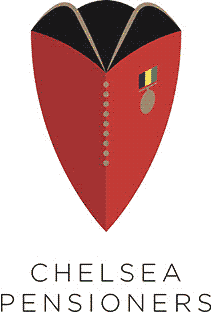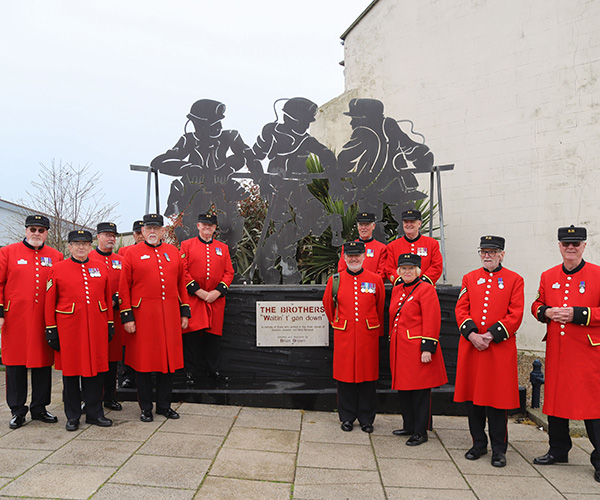
The Royal Hospital dates back to the late 17th century, but the story of the land where it stands has been traced back still further. Research from the Museum of London Archaeology has thrown light on the site’s varied past, before King Charles II commissioned Sir Christopher Wren to build the magnificent buildings where the Chelsea Pensioners live to this day.
Prehistoric traces

Today, the River Westbourne flows under Ranelagh Gardens – a willow tree marks its course.
Roman remains
Although the Romans had established Londinium within about 10 years of their arrival in England in AD43, the Royal Hospital’s site was still too marshy to encourage the building of dwellings. However, there was a rural Roman settlement a kilometre to the west, where Chelsea Old Church is today.
The area would have still been visited for its natural resources. Remains – including human ones – uncovered when the Chelsea Bridge was built, suggest that a ford to cross the Thames might have been located here. Ranelagh Gardens may also have been the site of a battle when Caesar crossed the river into the territory of the Catuvellauni tribe of Celtic war chiefs.
In 1886, when a sewer was being constructed, a 3rd century Roman coin from the reign of the emperor Tetricus was found in the West Court of the Royal Hospital.
From Saxon settlers to Wulfwynn’s manor
After the Roman army had left in the early 5th century, Germanic (Saxon) settlers arrived in England. Danish invasions followed in the late 9th century. Around this time, the land started to be divided into parishes. By the end of the early medieval period, large, landed estates, or manors, began to be recorded. These were often centres for local administration.
At this time, the manor of Chelsea – which included arable land, woodland and pasture – was owned by a woman called Wulfwynn, according to the Domesday Book. She is thought to have been the richest woman in England, with holdings ranging from the Dorset coast to the outskirts of London at the time of the Norman conquest. She may have been the mother of Edward of Salisbury (who was the next owner of the manor of Chelsea) and her power is reflected in the title ‘overlord’ and references to her as a ‘man of King Edward I’.
During Wulfwynn’s time, the Royal Hospital’s site was to the east of the settlement of Chelsea and was still uninhabited marshland and pasture. However, signs of the Saxons have been found not far away. Evidence suggests a manor house was situated about 1km to the west, where a possible timber structure was uncovered, as well as a Saxo-Norman ditch.
Chelsea’s original name, Chelcehithe, is thought to derive from the Old English for a landing place.
A desirable location for the aristocracy
By the late medieval period, the community of Chelsea was well established. After the Norman conquest of 1066 the manor was granted to Edward of Salisbury. The Domesday Book describes it as including arable land to support five plough teams and nine tenants. Westminster Abbey took over the manor in the early 12thcentury and granted it to various tenants. King’s Road, which dates to this period, was originally just a track through the fields.
Although the Royal Hospital’s site still lay to the east of settled areas, Chelsea was already becoming an attractive location. Rural, yet still close to Westminster, it attracted the nobility and possibly royalty. In the years around 1300 a number of Royal letters and orders were dated at Chelsea and many of the landowners and residents had occupations in Westminster.
The college that was never completed
In the post-medieval period, the Royal Hospital site was within unoccupied land known as Thames Shot in the Manor of Chelsea, which belonged to the Crown. King James I leased it to one Sutcliffe, for the construction of the King James Theological College. The King laid the foundation stone on 8 May 1609, but it was never completed, due to insufficient funds.
Although a double quadrangle was planned, it’s thought that only the south court was built. The Parliamentary Surveys of Middlesex describes the location as “being on a parcel of land called Theamshott in a Common feild called Eastfeild in Chelsey”
It goes on to describe the four-storey tiled, brick structure with a gallery and turrets which was around 130 feet from east to west. It had many rooms including a hall, two large, wainscoted parlours as well as a yard, stables and a garden.
It’s believed that the college’s foundations were incorporated into the Royal Hospital. Excavations in the early 20th century uncovered a wall beneath the south-west wing, whilst in 1997 a cobbled surface and a wall on West Road made of 17th century bricks were discovered, which are believed to date back to the college.
The birth of the Royal Hospital
After the college failed to materialise, the buildings were used as a prison and a prisoner-of-war facility before being gifted to the Royal Society. They sold it back to the Crown. Subsequently, King Charles II issued a Royal warrant to build the Royal Hospital. Sir Christopher Wren was commissioned as architect and work started in 1682 on the place that would continue to be a home of veteran soldiers to this day.




